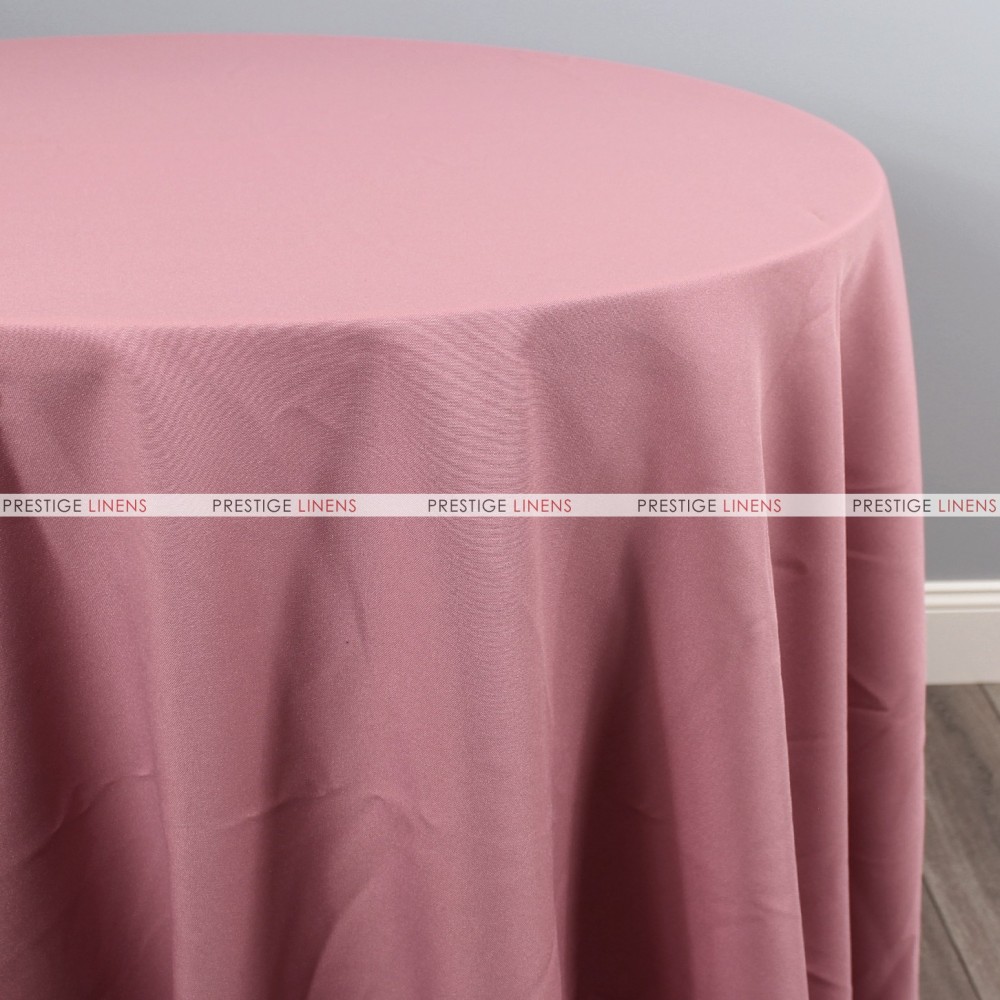Imaginative Table Runner Makes Use Of: Beyond the Dining Table
Linen Textile Technologies: Exploring Modern Trends and Creative Applications in Layout and Fabric Market
From lasting production methods to advanced weaving innovations, the evolution of linen is reshaping the landscape of the fabric sector. As we dig into the worlds of imaginative style applications and the development of linen blends and crossbreed materials, a new phase unravels in which bed linen's function in future textile developments takes facility stage.
Sustainable Practices in Bed Linen Manufacturing
Sustainable practices in linen manufacturing have actually ended up being progressively important in the textile industry's efforts to minimize ecological influence and advertise honest sourcing approaches. Bed linen, an all-natural fiber originated from the flax plant, offers a variety of benefits such as resilience, biodegradability, and breathability. Nonetheless, traditional approaches of bed linen production can entail substantial water consumption, chemical use, and energy-intensive processes.
To attend to these difficulties, several textile suppliers are adopting sustainable methods throughout the bed linen production process. This consists of sourcing flax from organic farms that prevent hazardous chemicals and chemicals, executing water-efficient retting strategies to essence fibers from the flax stalks, and using environment-friendly dyes and coatings. Additionally, some business are purchasing renewable energy resources to power their manufacturing facilities and decreasing waste via recycling and upcycling initiatives.
Technological Developments in Bed Linen Weaving
With the expanding focus on sustainable methods in bed linen production, the textile market is now experiencing a rise in technological innovations particularly focused on revolutionizing the art of bed linen weaving. These technologies are improving the way linen fabrics are generated, offering enhanced efficiency, quality, and imagination in weaving methods.
One of the crucial technological improvements in bed linen weaving is the combination of electronic looms. These sophisticated looms are furnished with software application that enables complex and detailed layouts to be woven with accuracy. By digitizing the weaving process, producers can achieve greater consistency and accuracy in their bed linen textiles.
Furthermore, advancements in thread spinning modern technology have actually allowed the production of finer and even more durable linen threads - table cloths. This causes softer and smoother linen fabrics that maintain their top quality also after several usages and cleans
Furthermore, the advancement of green dyeing procedures and finishes for bed linen materials is gaining grip. These sustainable practices not just decrease the ecological effect but additionally deal with the enhancing customer demand for ethically generated textiles.
Creative Style Applications for Linen
Cutting-edge artistic strategies are increasingly forming the imaginative design applications for linen in the fabric sector. Linen's natural aesthetic charm and capability to mix with various other fabrics make it a favorite option for developing one-of-a-kind garments and accessories that cater to the ecologically conscious consumer.
In addition, developers are try out linen in home decoration, using its breathable and durable nature to craft trendy furnishings such as drapes, bed linens, and furniture. The appearance and drape of bed linen bring a feeling of refinement and convenience to indoor spaces, adding click to read a touch of beauty to contemporary homes.

Bed Linen Blends and Crossbreed Fabrics
:max_bytes(150000):strip_icc()/__opt__aboutcom__coeus__resources__content_migration__brides__proteus__585bf60c786c7a9c62c877d2__11-a40aeea82c0a440282d07dadffc6a7d8.jpeg)
Hybrid fabrics, on the various other hand, take the idea of blending an action even more by incorporating added aspects such as metal threads, recycled materials, or conductive fibers. These cutting-edge textiles not only increase the design opportunities however also introduce useful elements like conductivity, antimicrobial homes, or boosted durability. Crossbreed fabrics are significantly being utilized in numerous industries, consisting of fashion, indoor design, and technological textiles, where the need for multifunctional products is on the surge.
Linen's Function in Future Fabric Innovations
:max_bytes(150000):strip_icc()/best-tablecloths-fw-FT-AFF1122-702aafd872a649dfaa0f1d1d0ffd171c.jpg)
In the world of future fabric innovations, linen is expected to be a principal in the development of advanced functional materials. Designers and researchers are checking out methods to boost bed linen's inherent qualities with technical improvements, such as including clever fabrics, nanotechnology, and efficiency finishes. These innovations aim to elevate linen's performance characteristics, making it appropriate for a wider series of applications, from activewear to safety apparel.
Moreover, the combination of bed linen with various other all-natural or artificial fibers opens limitless opportunities for developing unique fabrics with special buildings and capabilities. By leveraging bed linen's qualities and checking out ingenious blends, the textile market is poised to useful site present interesting advancements that accommodate developing consumer demands and sustainability needs.
Verdict
In verdict, the expedition of sustainable practices, technical improvements, innovative design applications, linen blends, and its next page duty in future textile innovations highlight the continuous advancement of bed linen material in the modern layout and fabric market. With a focus on innovation and creativity, the versatility and environmentally friendly nature of bed linen make it a beneficial product for designers and manufacturers alike, paving the means for additional developments and improvements in the field of fabrics.
As we dig right into the worlds of creative layout applications and the development of bed linen blends and hybrid textiles, a brand-new phase unfolds in which bed linen's function in future fabric developments takes facility stage.
Exploring the combination of linen with various other fabrics has led to the appearance of ingenious blends and crossbreed fabrics in the contemporary fabric industry. Bed linen blends provide an one-of-a-kind combination of the attributes of linen with those of various other fibers, resulting in fabrics that have boosted buildings such as enhanced durability, enhanced draping, and lowered wrinkling.The advancement of linen blends and crossbreed textiles has established the phase for Bed linen to play a crucial duty in driving future fabric advancements.In the world of future textile developments, linen is expected to be a crucial player in the growth of innovative functional fabrics.